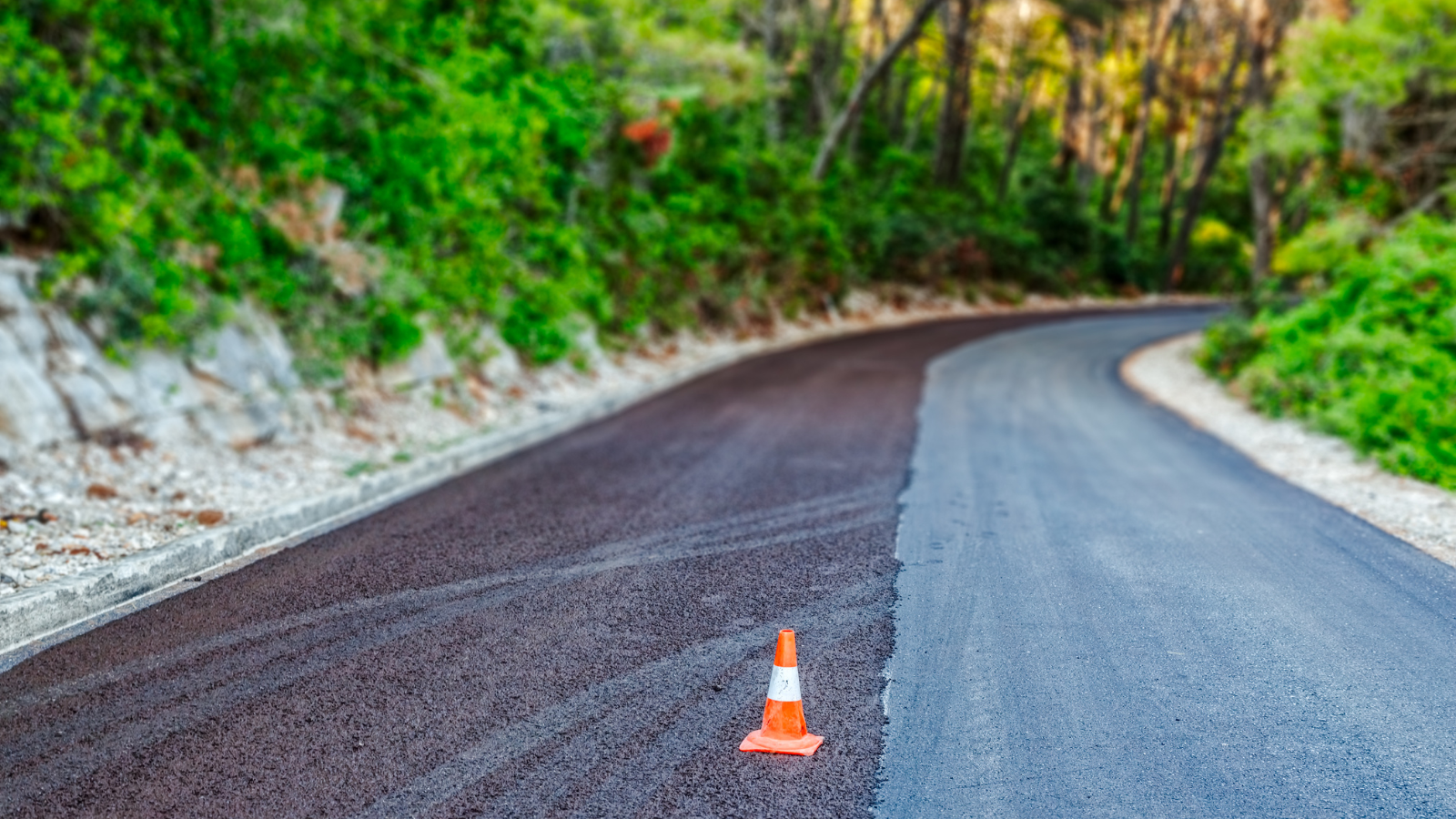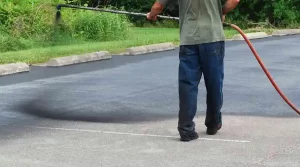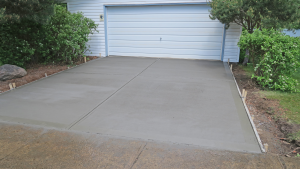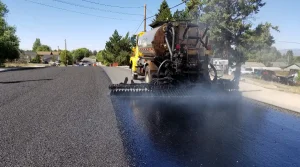A paved driveway not only boosts your home’s curb appeal but also provides a durable and functional surface for parking and driving. If you’re considering installing an asphalt driveway, understanding the process and knowing what to expect can ensure a smooth and successful project. In this blog post, we’ll outline the steps involved in paving a driveway and provide 11 simple steps to guide you through the asphalt driveway installation process.
For top-notch paving services in Jersey City, look no further! Contact us now.
We deliver exceptional quality at budget-friendly prices. Don’t risk your project with inexperienced contractors—your property deserves the best. Let Jersey City Paving handle it with expertise and care!
What to Expect: Steps Involved in Paving a Driveway
Planning and Design
- Assessment: Begin by evaluating the area where you want to install the driveway. Consider factors such as drainage, slope, soil condition, and proximity to existing structures. This initial assessment will help determine the feasibility and scope of the project.
- Design: Decide on the size, shape, and layout of your driveway. Consult with a professional to create a detailed plan that aligns with your needs and adheres to local zoning regulations. This plan should include specifications for width, length, and any special features like curves or additional parking areas.
Site Preparation
- Clearing: Remove any existing pavement, vegetation, or debris from the site. This might involve significant excavation and grading to prepare a stable foundation for the new driveway.
- Excavation: Dig out the area to the required depth, typically around 8-12 inches. This depth allows for a proper sub-base and asphalt layer, ensuring the driveway’s durability and stability.
Sub-Base Installation
- Base Layer: Install a sub-base layer of crushed gravel or stone. This layer provides essential stability and facilitates drainage for the asphalt. Thoroughly compact the sub-base using a heavy-duty compactor to ensure a solid foundation.
Edging and Forms
- Edging: Install edging materials, such as metal or timber, to define the boundaries of the driveway. This prevents the asphalt from spreading beyond the intended area and helps maintain a clean appearance.
- Forms: Set up forms or barriers along the edges to contain the asphalt during installation. These forms help achieve a uniform thickness and prevent the asphalt from spilling over.
Asphalt Installation
- Primer Layer: Apply a primer or tack coat to the sub-base. This step ensures proper adhesion of the asphalt to the base layer and improves the overall bond.
- Asphalt Application: Spread a layer of hot asphalt mix over the prepared base. Use a paving machine to apply an even and smooth layer. The asphalt layer typically ranges from 2-3 inches in thickness.
Compaction
- Rolling: Employ a heavy-duty roller to compact the asphalt layer. Proper compaction is crucial for ensuring a durable and long-lasting surface. Make multiple passes with the roller to achieve a smooth, dense surface.
Edge Finishing
- Edge Treatment: Finish the edges of the driveway to ensure they are well-defined and smooth. Use hand tools or a small roller to refine the edges and create a clean transition to the surrounding area.
Curing and Cooling
- Cooling Time: Allow the asphalt to cool and cure properly, which usually takes 24-48 hours. During this period, avoid any traffic or disturbances to prevent deformation and ensure a solid finish.
Sealing
- Sealcoat: Once the asphalt has fully cured, apply a sealant to protect the surface from moisture, UV rays, and wear from traffic. Sealcoating extends the lifespan of your driveway and maintains its appearance.
Final Inspection
- Check Quality: Inspect the completed driveway for any imperfections, such as uneven areas or drainage issues. Ensure that the surface is smooth, the edges are clean, and there are no low spots that could lead to water pooling.
Maintenance
- Regular Care: Follow a maintenance schedule to keep your driveway in top condition. This includes periodic cleaning, sealing, and promptly addressing any cracks or damage to prevent further deterioration.
11 Simple Steps to Help with Asphalt Driveway Installation
1. Plan and Design: Consult with professionals to create a detailed design and plan for your driveway.
2. Clear and Excavate: Remove existing materials and excavate the site to the required depth.
3. Install Sub-Base: Lay down and compact a sub-base layer of gravel or stone.
4. Set Edging: Install edging materials to define the driveway’s boundaries.
5. Apply Primer: Coat the sub-base with a primer for better asphalt adhesion.
6. Spread Asphalt: Use a paving machine to apply an even layer of hot asphalt.
7. Compact Surface: Roll the asphalt thoroughly to achieve a smooth and dense surface.
8. Finish Edges: Use hand tools or a small roller to smooth out the edges.
9. Allow to Cure: Let the asphalt cool and cure for 24-48 hours.
10. Sealcoat: Apply a sealant to protect and prolong the life of your driveway.
11. Inspect and Maintain: Regularly inspect and maintain your driveway to keep it in excellent condition.
Conclusion
Installing a paved driveway is a significant investment that can enhance your property’s value and functionality. By understanding the process and following these 11 simple steps, you can ensure a successful and durable installation. Whether you’re managing the project yourself or working with professionals, careful planning and attention to detail are essential for achieving a high-quality paved driveway that will serve you well for years to come. Start with a solid plan, and watch your vision for a beautiful and functional driveway come to life.







